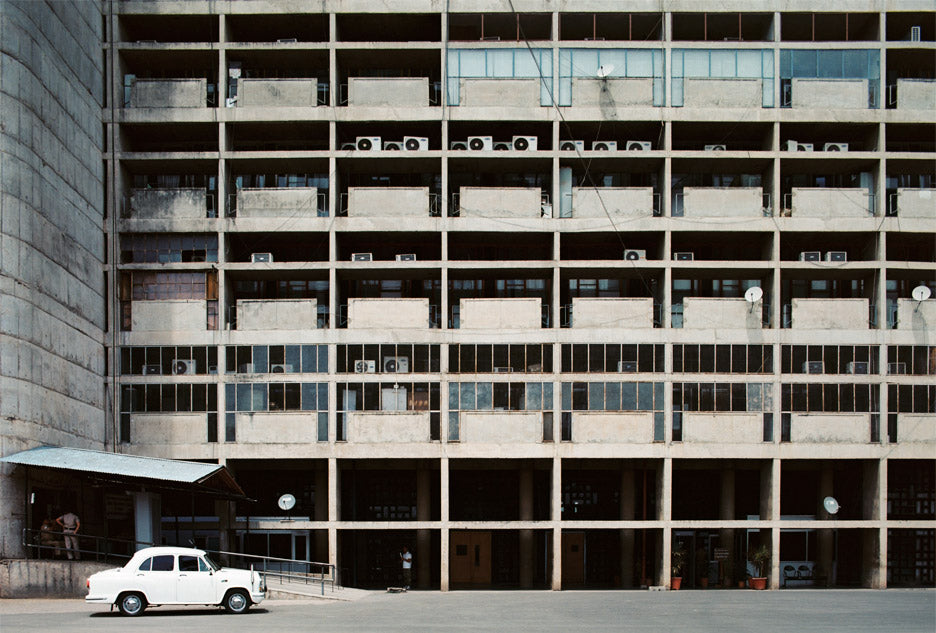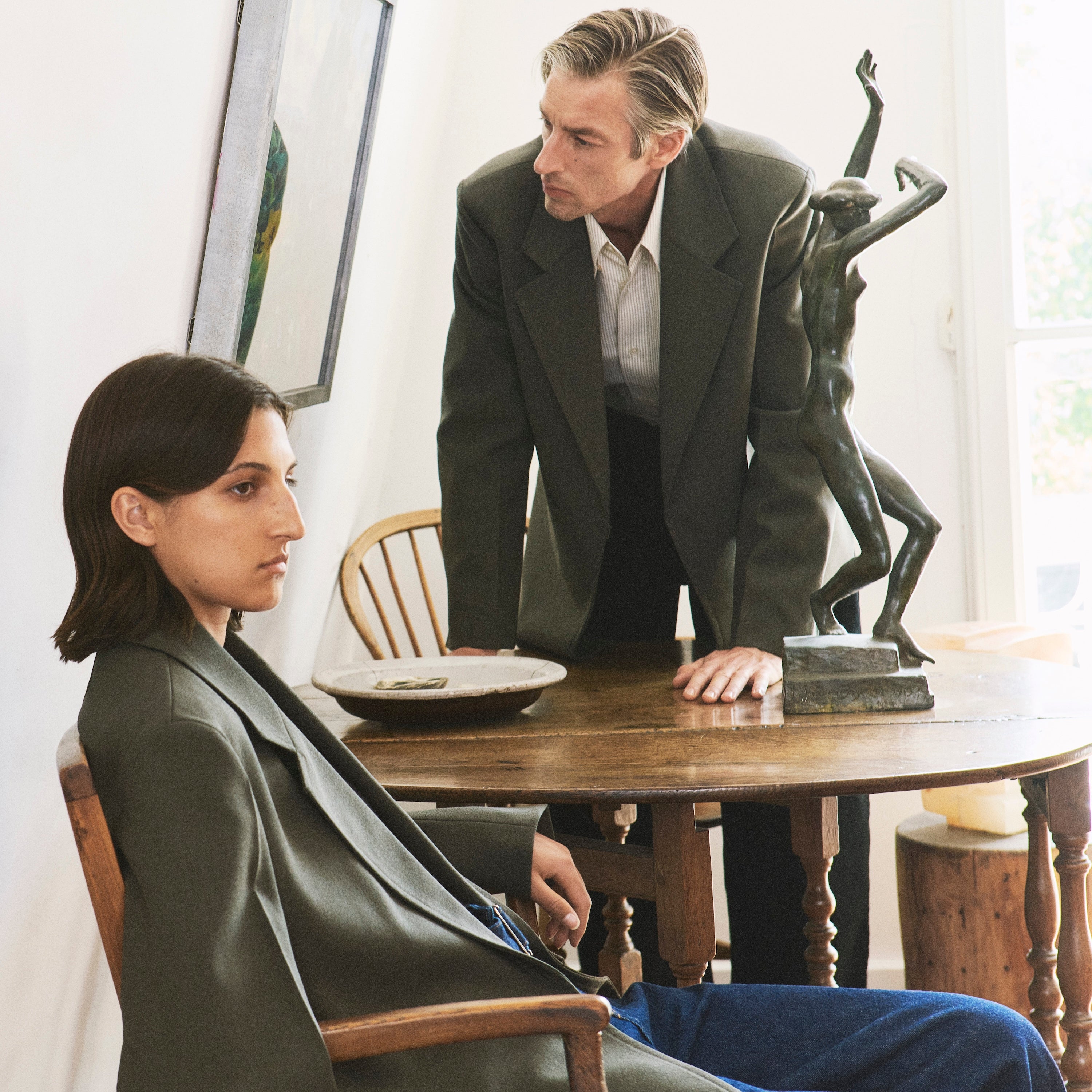






A utopian city nestled in the foothills of the Himalayas, Le Corbusier-designed Chandigarh is one of the world’s greatest architectural treasures .
When Jawaharlal Nehru was elected the first prime minister of a newly independent India in 1947, his bold vision was to mark the dawn of a new age for the hopeful nation. Emerging from the ravages of colonial rule and Partition, he dreamed of establishing a liberated, forward-looking state that was truly modern.
Chandigarh, the newly proposed capital of Punjab would embody this dream. In 1950, Nehru invited Swiss-French modernist icon Le Corbusier to draw up master plans for the city with an ambitious brief. “Let this be a new town, symbolic of freedom of India unfettered by the traditions of the past... an expression of the nation's faith in the future” the Prime Minister declared. Enthusiastically accepting the challenge, Le Corbusier and his team responded with plans for an Indian city unlike any other.
An orderly grid system immediately set Chandigarh apart from the sprawling metropoles of Mumbai, Delhi and Calcutta. Its blueprints were shaped by Le Corbusier’s signature design principles: light, space and nature. Said to reference the structure of a living organism, the city’s ‘head’ is home to the sweeping concrete masterpieces of the capital complex: the Secretariat, High Court and Legislative buildings. The commercial centre lies at its ‘heart’ and vast green spaces form its ‘lungs’, all connected by a circulatory system of roads and pedestrian-friendly avenues.
A triumph of urban planning and civic architecture, Chandigarh is considered to be Le Corbusier’s masterwork but the project was beset by a range of practical and political difficulties. The subtropical heat and annual monsoons demanded complex solutions for ventilation and flood drainage, while Le Corbusier’s frequent clashes with local planners and builders resulted in uneasy compromise throughout the decade-long construction.
Now a UNESCO world heritage site, the city is home to over a million people (more than double its planned occupancy), having swelled far beyond its original boundaries. Though beloved by its inhabitants and the international architecture community, Chandigarh is undoubtedly a fading beauty. Years of wear and neglect have resulted in crumbling, dilapidated buildings and once green spaces are now overrun with waste, yet somehow the magic of Nehru’s modern vision still peeks through. Thanks to a careful balance between human-focused design and an embrace of the natural landscape, the Punjabi capital continues to earn its reputation as India’s most liveable city. As Le Corbusier once said, “The materials of city planning are: sky, space, trees, steel and cement; in that order and that hierarchy.”
By Natalya Frederick

